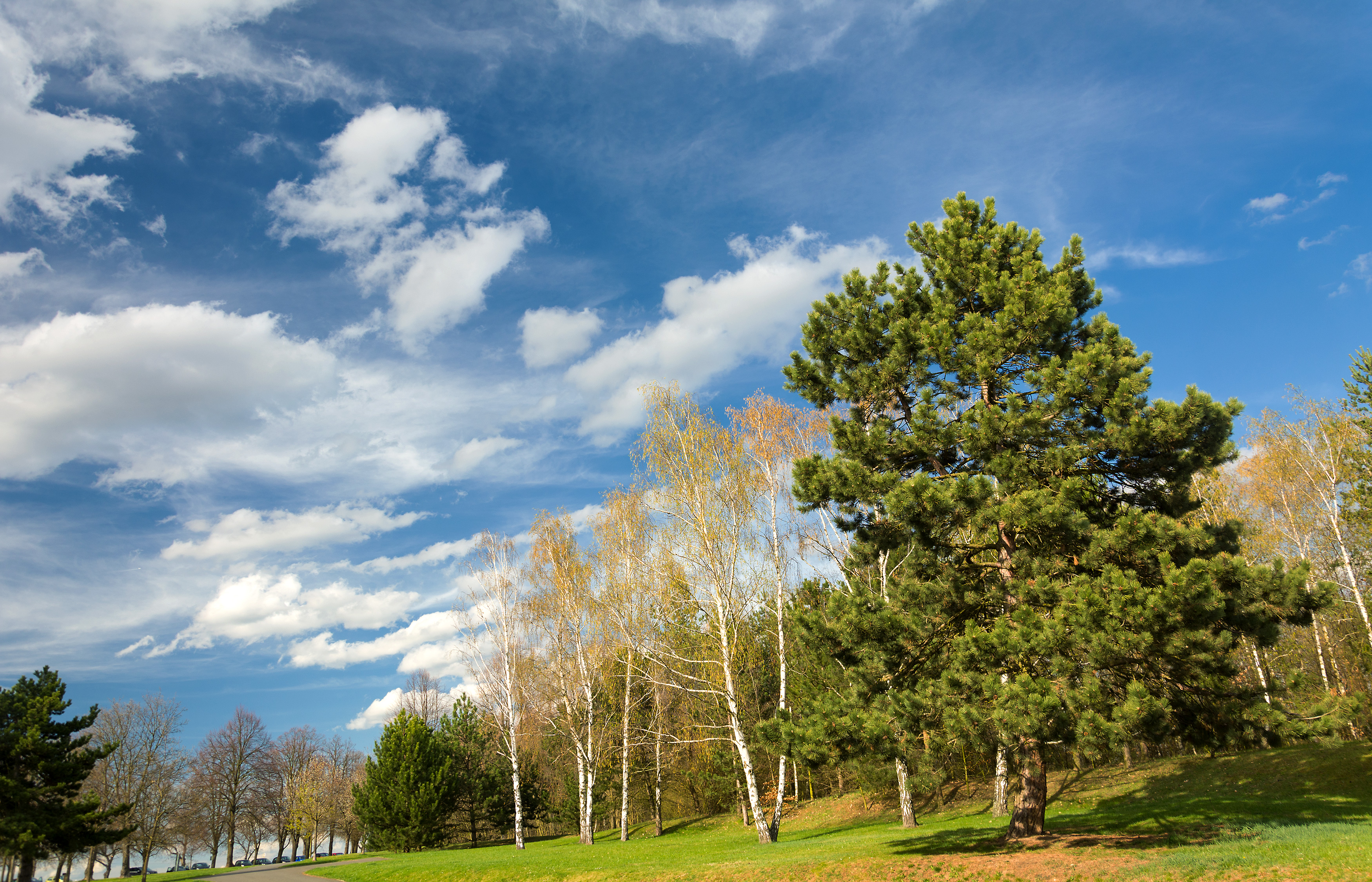There are so many opportunities to help scientist monitor your local environment. Did you know that you can identify and document trees for science? Identifying trees is less intimidating because they don’t move around, but there are a lot more variables than you might originally think. You’ve got the leaf buds, leaf shape, leaf grow patterns, bark, fruit, and more. Tree identification can be done in any season. Citizen scientists can report trees to provide a look into the species diversity and health of nearby wooded areas. Technology pairs and aids citizen science efforts yet again with websites like Arbor Day Foundation’s tree identifier, and the multi-organization creation i-Tree make it easy for anyone to not only identify a tree species, but help report on your local ecosystem.

There are several fun programs both locally and on the national level that highlight tree diversity and longevity. Many states are looking for help locating witness, or “bearing” trees that surveyors used as landmarks nearly 200 years ago. Chicago’s Field Museum has partnered with nearby organizations to help map the witness trees still standing today. Looking for these trees can be a segue to or from a geocaching hobby, as well as learning about local history.
Similarly, budding dendrologists can contribute to a champion tree registry. As straightforward as the name suggests, certified volunteers can identify, measure and report trees in their area in hopes to have found a specimen so big that it can be registered in a local or national big tree database. Some areas require a short certification process to nominate a tree while others don’t, so do your research before hosting a program. If required, certification is easy and quick, and makes going on a tree hunt an exciting challenge.

Geometry in action!
Organizations have also sometimes requested seed collecting to preserve and strengthen struggling species.
So many organizations are asking for help with nearby trees. A little search through sites like the US Forest Service, Project Learning Tree, or the app TreeSnap can help you start your journey. Increase the fun by including a tree species scavenger hunt, a tree bark rubbing activity, or a seedling giveaway to engage your community and help your local plantlife.
There has been a 10% decrease in tree cover on a global level since 2001. Human development has dramatically changed local landscapes from their original makeup. Trees that were once keystone species have been nearly eliminated from the equation and have changed the entire local ecosystem. Oaks provide acorns for squirrels, and homes for cavity nesters. Opportunistic seedlings such as maples and natural fire intervention have hindered new oak growth, which affects the animals in the area as well. Citizen science not only helps scientist track growth, ecological diversity, and pest activity, but it also gets the community paying attention to local trees and appreciating them in a different way.





This is so cool! Just downloaded TreeSnap, and I can’t wait to get started. I’ve been poking around on iNaturalist a little bit. It seems like there’s some crossover. Thanks so much!